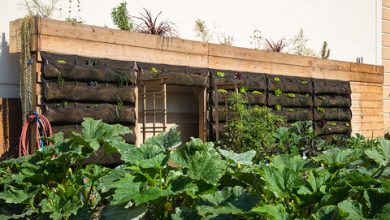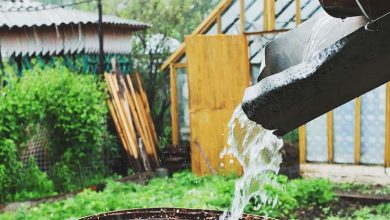Get rid of the geranium butterfly
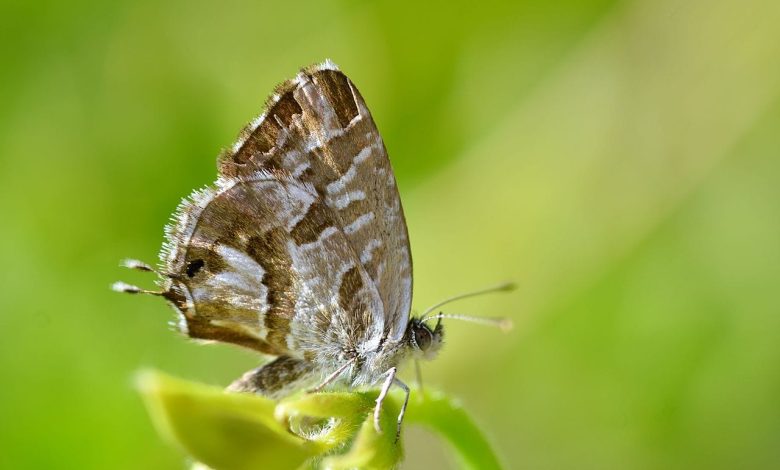
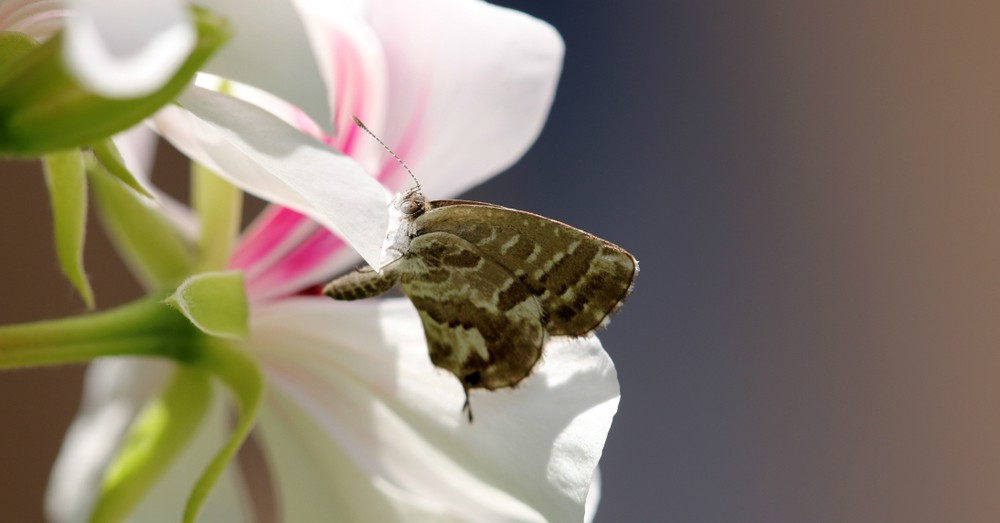
Surely, on some occasion you have seen the flight of a butterfly around your geraniums. Something that, far from being that bucolic feeling that you think, can be a real threat. If it looks similar in color to the one in the image, you are facing the geranium butterfly. A true predator of these plants that, despite seeming harmless, can completely ruin them. What’s more: it is considered the most devastating plague of all those that afflict these plants. A compelling reason to keep her at bay, even before she makes an appearance.
The geranium butterfly or geranium borer is a relatively recent threat. Until a few decades ago, this moth of African origin was not seen in our latitudes. However, its appearance puts at risk the fame of these resistant and rustic plants. And not only that. Being a non-indigenous insect, there are no known natural predators. Something that forces us, yes or yes, to eradicate its impact on our plants through specific insecticides.
Thus, among the care of the geranium we must also consider keeping this international visitor at bay. One that, like many insects, begins to appear when the temperature reaches 20 degrees. A presence that will accompany us, even, until the beginning of autumn in October.
HOW TO IDENTIFY THE GERANIUM BUTTERFLY
As with eliminating pests from the garden, in the case of the geranium butterfly we have to know its behavior. To begin with, it must be understood that this moth by itself is not harmful to the plant. What it is is its reproductive cycle. This butterfly lays its eggs in the flower buds of the geranium. A starting point so that, when the eggs hatch, the larvae begin to colonize the plant.
The main problem with the geranium butterfly is that its invasion is silent. The larvae first feed on the cocoons and then enter the stems of the plant. Thus, little by little and discreetly, they devour them from the inside until they reach the trunk. This action means that the sap of the plant does not circulate correctly, so the geranium begins to take on a bad appearance that will degenerate into a drying out of the plant.
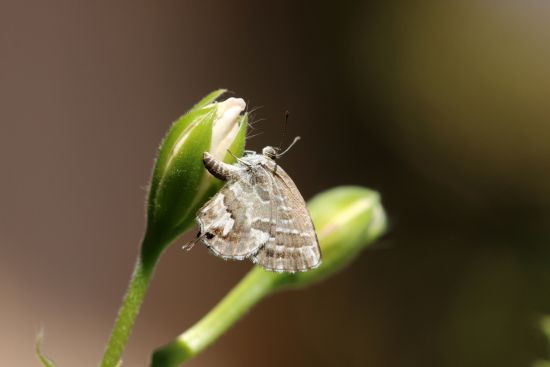
Since its advance is made in a hidden way, many times when we detect the larvae of the geranium butterfly it is too late. For this reason, the ideal is that with each irrigation we carry out a complete review of the state of the plant in order to detect it. To begin with, we will have to look at the flower stems. Many times, in order to enter them, the geranium butterfly larvae make a small hole that they use to penetrate inside the plant. For this reason, this butterfly is also called the geranium borer.
Other Ways to Spot the Geranium Butterfly
However, it is not always easy to detect these small holes. Sometimes because they are tiny and other times because they are hidden under the leaves. Another way to know if our plant has been infected is by touching the stems and trunk of the plant. If by squeezing them lightly we notice that they do not offer resistance and are crushed, we will know that the larvae have begun to colonize the plant. The same reality that we can know if we detect black or empty flower buds, or a kind of sawdust on the leaves.
In very extreme cases, it is even possible to see the caterpillars of this geranium butterfly. Green in color with two reddish or brown stripes, they become darker as they feed and approach the moment of being a chrysalis.
HOW TO ELIMINATE THE GERANIUM BUTTERFLY
Far from being unconcerned if we detect its presence, eliminating the geranium butterfly should become a real task. It is no longer just that their presence weakens the plant and compromises its health. Added to this, this lack of resources of the geranium will be a real magnet for other pests and fungi to feed on it. A sum of factors that will kill the plant and take away the pleasure of enjoying it.
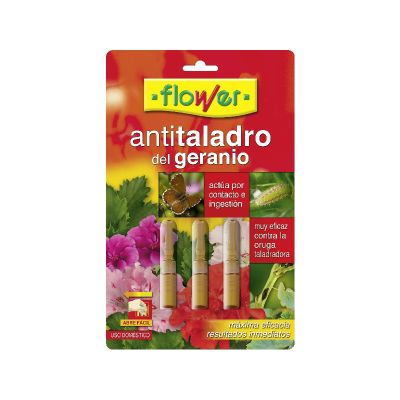
For this reason, it is important to prevent its appearance. Something that we can only do using preventive and specific insecticides for this moth. As we said, since it is not a native insect, much about it is still unknown. Something that makes neither the natural fight nor the home remedies effective to eliminate it.
Whether we opt for the stakes that are driven into the substrate or for the anti-drill insecticide sprayed on the leaves, we will be preventing it from being installed on any of our plants. In addition, from the moment we detect it, it is important to carry out a thorough pruning of the plant. And we are not talking about cutting stems but, directly, about uprooting those that are infected. It is more: no matter how sad it gives us, it is better to remove more than less. A prophylactic way to avoid the proliferation of caterpillars inside the plant.
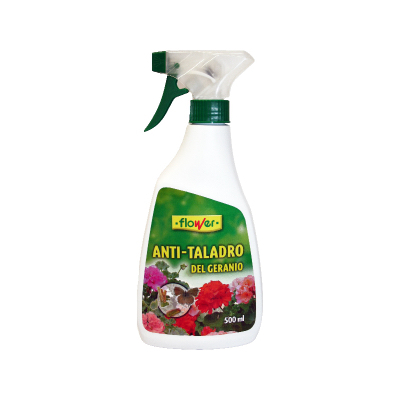
If we are unlucky enough to start seeing its ravages in our plant, the methodology to eradicate it is the same: an anti-geranium borer insecticide. In this case, it is recommended that we opt for a liquid that we can spray. This format will allow us to emphasize the entry holes and the areas that we see most affected.
Have you suffered the visit of the geranium butterfly? If you have any questions, tell us! We will be happy to help you enjoy your plants.

